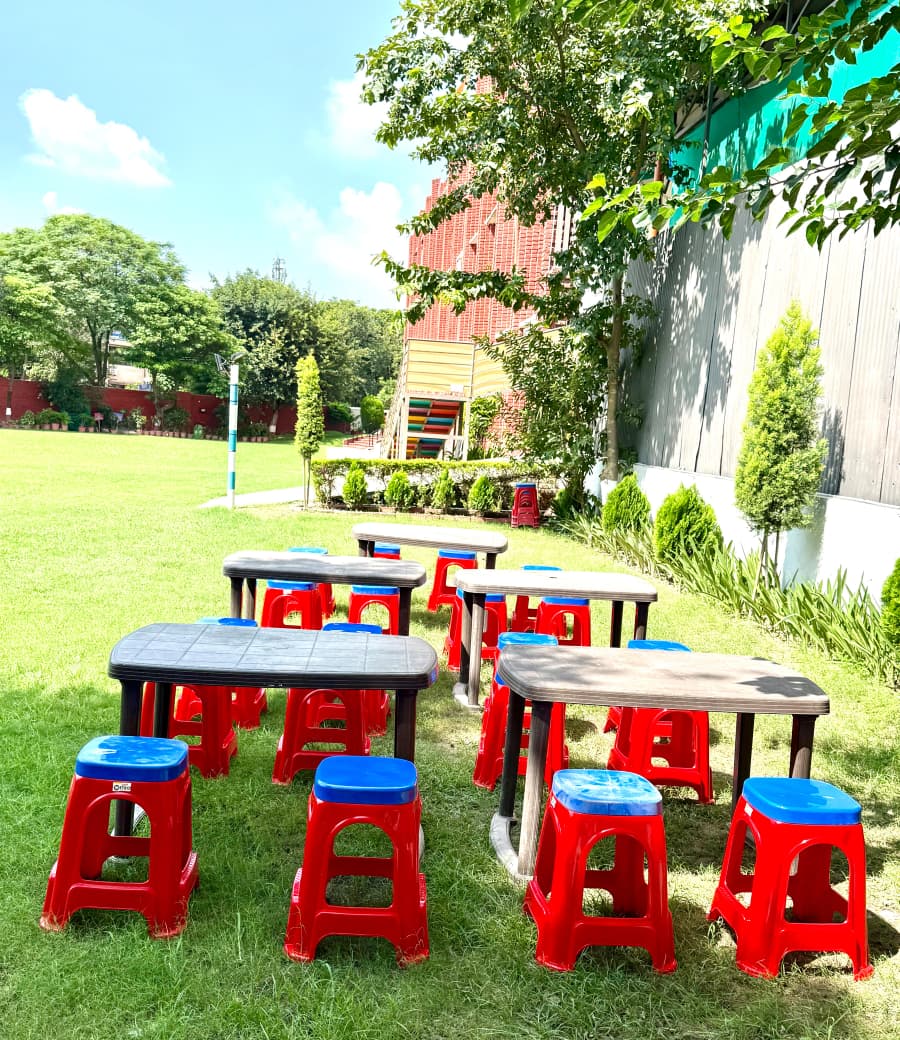When was the last time we truly redesigned a classroom? Not repainted the walls. Not shifted a few charts. Not added a projector or air-conditioner. But genuinely paused and asked: Is this room helping students think better? Learn better? Be better?
For decades, the typical classroom has remained untouched in spirit, a square or rectangle with rows of benches, a blackboard at the front, and charts (if any) faded and forgotten at the back. A space built more for control than for creativity.
Recently, a school in Kerala received attention for rearranging its benches into a U-shape, an attempt to give every child equal visibility, breaking the culture of ‘front’ and ‘back’ benchers. It’s a refreshing change. But let’s be honest-it’s just a start.
Angad Bindra, Head of Startegy and Operations at ST Kabir Public School Karnal invites us to imagine something bolder. What if a classroom didn’t have a ‘front’? What if a blackboard wasn’t the centre of power? What if children didn’t sit in lines like machines waiting for instructions but moved freely, created zones, owned their corners of curiosity?
ST Kabir School, Karnal, experimented with the idea of open classrooms – a class with no walls, with birds the background, real sunlight instead of flickering tube lights, and the sky itself watching over lessons. We call it our ‘Open Classroom’
This small experiment in the school began as a response to a problem: some children were restless, some bored, and some simply disconnected from the energy of learning. “So, we asked- what if the room itself is part of the problem? And instead of looking for a new seating plan or new chart paper, we stepped outside.The results were stunning. Students collaborated more. They listened better. They smiled more. We realised, the classroom isn’t just a container for students- it’s a co-teacher.” said Angad Bindra, who is taking their model even further.
His vision can be stretched further. Classrooms could be circular. Or shaped around collaboration zones. They could have soft flooring for floor seating, writable walls, sensory corners, or even nature-integrated spaces where learning is not separated from the sky.
This isn’t about fancy furniture or flashy technology. It’s about designing for thinking- not teaching. It’s about acknowledging that the way a space is built shapes the way a child feels, behaves, and dreams inside it. A rigid room creates rigid minds. A thoughtful room opens up thoughtful possibilities.
And here’s the bigger truth: classroom design is not just an architect’s job. It is a shared responsibility. Teachers, students, policymakers, school leaders, curriculum experts-we all need to gather around the blueprint and ask: Can we do this better? Because the world outside has changed. But the rooms we teach in still belong to another century..
Angad throws an open invitation to schools, designers, thinkers, parents, and education boards: to come together and redesign the space where the future sits every morning. If we can get this right, we won’t just improve academic performance-we’ll raise a generation that feels seen, heard, and inspired inside their learning spaces.
Because if children are expected to think differently, shouldn’t the spaces they learn in reflect that too?
Angad Bindra is an educator, entrepreneur, and school leader. He currently serves as at ST Kabir School, Karnal, where he is building bold, child-centric learning environments.

